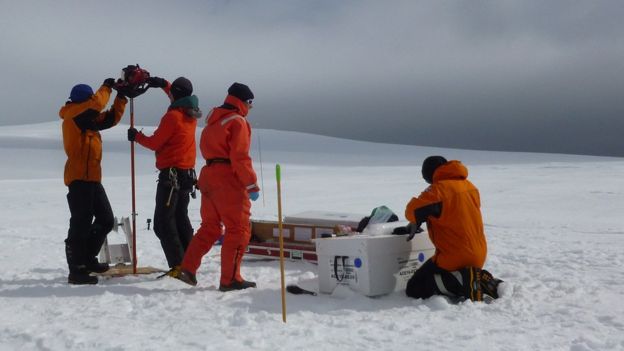Climate secrets of the world’s most remote island

"It's impressive, beautiful and scary as hell to work on."Welcome to Bouvet Island, a small volcanic rock in the South AtlanticThe Sub-Antarctic territory is thousands of kilometres from civilisation, and its high cliffs and ice-cap mean very few people have ever put a foot on it.The weather doesn't help. Sticking out of the ocean the way it does means conditions can deteriorate very fast. One minute the skies are clear, the next you're surrounded by cloud.No wonder sailors call Bouvet the world's most remote island; no wonder writers and science fiction movie-makers keep using it in their storylines.
But this loner is drawing increasing scientific interest for what it could tell us about the past climate of Antarctica Bouvet is in a unique position by virtue of the fact that it sits out in the belt of westerlies that hurtle around the continent.And these winds are really important to the way the continent has been changing of late.They've been driving ocean upwelling, for example; pulling up warm waters from the deep that are then getting under coastal glaciers and melting them. The process is adding to global sea-level rise."We know from the recent observational record that these winds have been strengthening but those records only go back 30 or 40 years," says Liz Thomas from the British Antarctic Survey (BAS).

